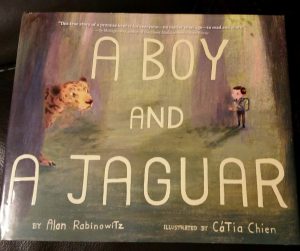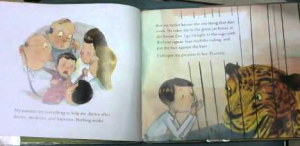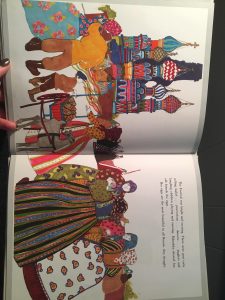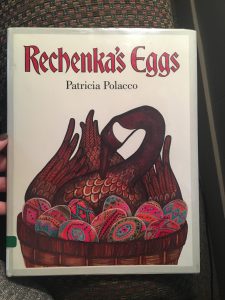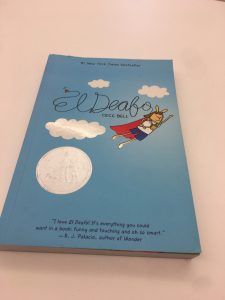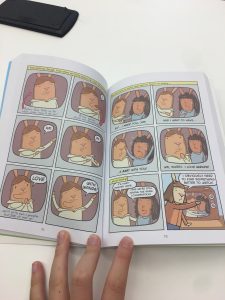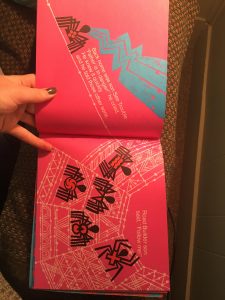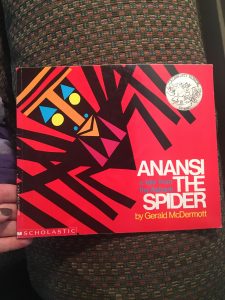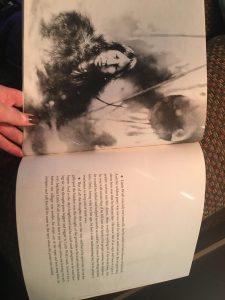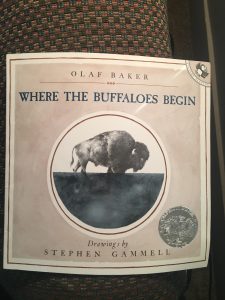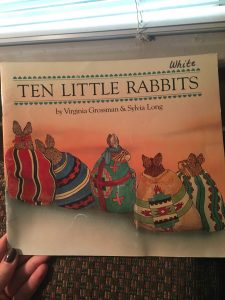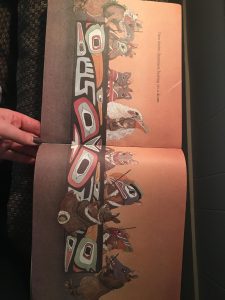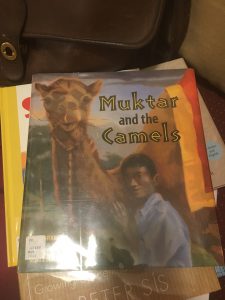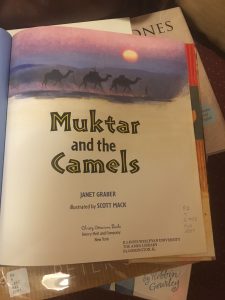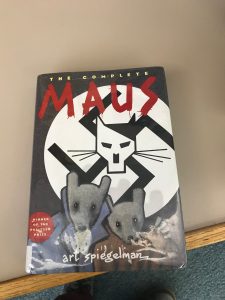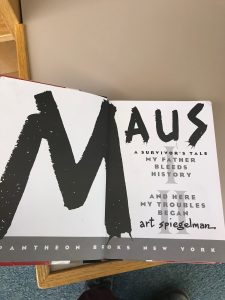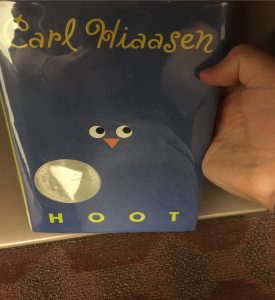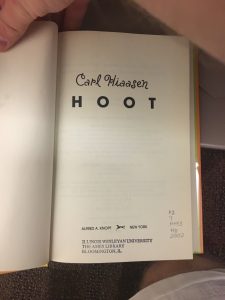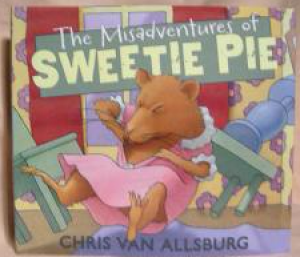

Title – Misadventures of Sweetie Pie
Author(s) – Chris Van Allsburg
Illustrator/Photographer – Chris Van Allsburg
Publisher and Year – HMH Books, November 4th, 2014
Number of pages – 32 pages
Tags/Themes – Rylie Loux, Animals, Emotion, Family, K-1, 2-3, 4-5
Genre – Fiction
Descriptive Annotation: This story is about Sweetie Pie, a hamster, that faces many difficult times with different homes and humans. Sweetie Pie was the last of his litter to be chosen from the pet store and he is handed off when he is no longer cute or wanted. Finally he ends up in a classroom, where the students take care of him. But one day, a student leaves him on the playground. The next morning, when the student rushes to look for Sweetie Pie, he is nowhere to be found. None of the children seem to care that Sweetie Pie is gone, because they just move on and get a guinea pig for their classroom. The good news is Sweetie Pie was rescued by squirrels and now has a great life with squirrel friends in a tree. The bad news is that there are no consequences for all the children that just left Sweetie Pie behind.
Classroom Application: This is a perfect resource for engaging students in a lesson involving animals and respect. It is important for students to know how to treat, respect, and care for their animals at a young age. Children also need to know what happens when the neglect to their duties as a pet owner. It also covers emotional connections and how they would feel if they were tossed between parents and not taken care of properly. This can also be used in the classroom to talk about the author’s purpose and point of view. Each author has a purpose behind their story and this book does a good job of expressing that purpose. This can be used in the classroom to teach the definition of author’s purpose and provides a great example. Also this story is shown in the perspective of the hamster and this presents to the children different ways a story can be written.
Linguistic and Cultural Diversity Analysis: This book represents the students emotional connection to animals in the story. “He’s soooo sweet! squealed the pigtailed girl. The hamster had heard these words before.” This quote expresses that since he has heard the same things over and over and had never been treated correctly, the compliment doesn’t even phase Sweetie Pie. This is implying that sometimes when people say the same things without changing, it is hard to still believe them. The other major moral of this story is the understanding of how to treat animals. This story is presented in a way that is relatable for students and also connects to their emotions. “Since it was the only time he was let out of his small cage, he pretended to like it.” This quote relates to the idea that Sweetie Pie doesn’t get treated the right way and is always traveling from house to house in his cage. He is never played with or set free and this is not the way to treat a pet. The author uses Sweetie Pie to help the children understand what his life is like. This story shows students that to have a pet, you must treat it the best you can.

